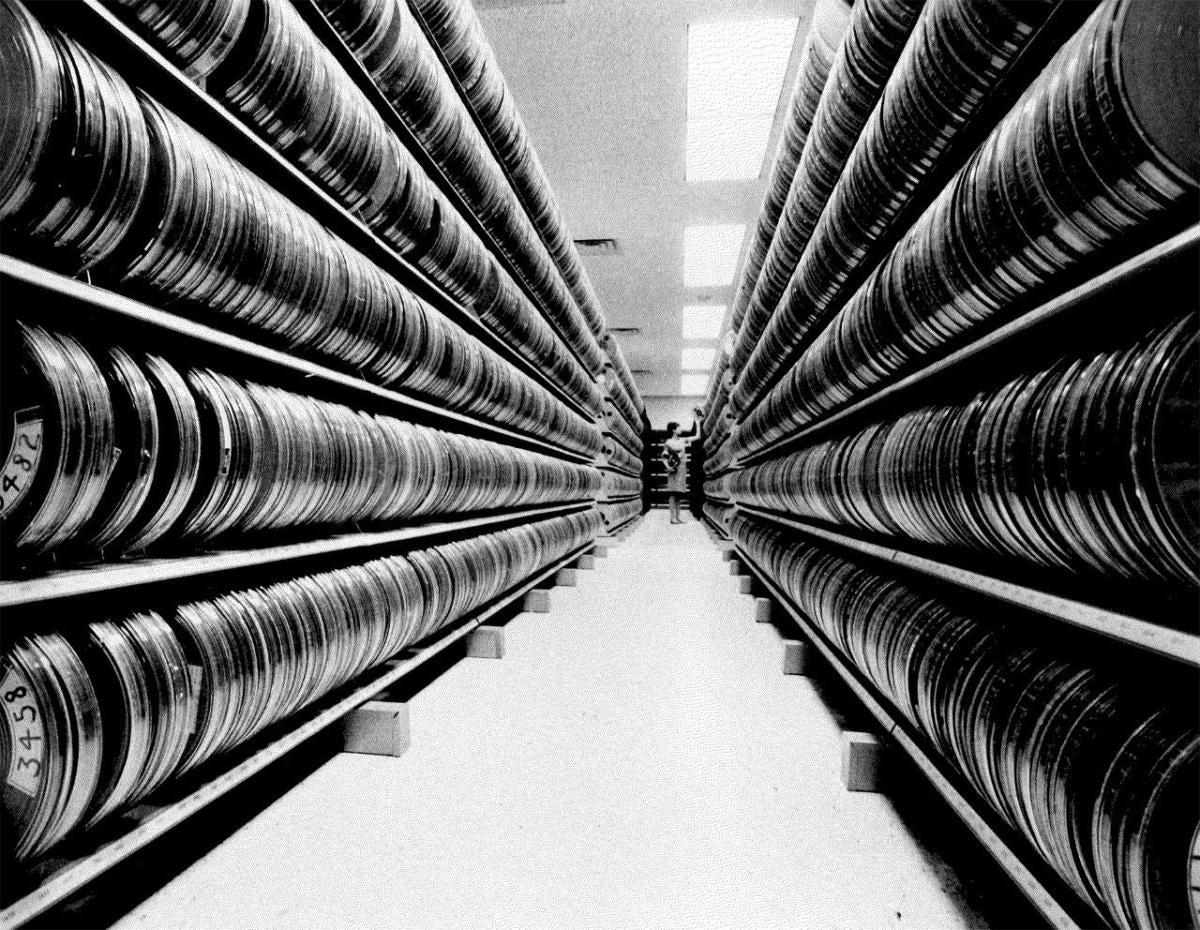- I've yet to find a retro stereo amp that delivers sound as accurately for various genres than this
- Use AI at work? You might be ruining your reputation, a new study finds
- Why Whoop's policy change has fans fuming
- Apple now sells refurbished iPhone 15 models at discounted prices (including the Pro Max)
- The best no-log VPNs of 2025: Expert tested and reviewed
The latest tape storage is faster and holds more, but is it better?

Magnetic storage tape has’t been the recommended destination for the initial backup copy of data for quite some time, and the question is whether LTO-9, the latest tape open standard, and other market dynamics will changed that.
Here’s a look at modern tape drives, discussion of the degree to which ransomware changes the equation, and a closer look at LTO-9.
Tape drives: Too fast for their own good?
In the 80s and early 90s, there was almost a perfect match between the speed of tape drives and the speed of the backup infrastructure. The backup drives were capable of writing at roughly the same speed that the backup system could send.
Then tape drives got much, much faster. Released just a few months ago, LTO-9 at 400MBps is 20 times faster than LTO-1, which was released in 2000. The filesystems and databases that backup systems are backing up have also gotten much bigger. This means that while the storage devices holding your information have gotten faster, the incremental backup of your data has not. The backup system spends the bulk of its time trying to figure out what should be in the incremental backup instead of actually transferring it.
It might be possible to perform full backups at speeds fast enough to make a modern tape drive happy, but most backups are incremental and too slow to satisfy the tape drives. Backup software vendors have responded with features like multiplexing, which interleaves multiple backup streams into one. This can be fast enough to satisfy a tape drive, but multiplexing creates other problems. During a large restore, all the data must be read and most of it thrown away because the data being sought is intermixed with backups that aren’t needed.
This is why in the last 10 or 15 years most organizations have moved off of tape as a primary backup, and if they do use tape, they backup to disk first, then copy to tape. Some companies still use tape for their off-site copy, but even that has become less common as deduplication systems and cloud backup have continued to lower the cost of using disk.
Most companies using tape today use it for long-term storage and active archive systems where infrequently accessed data is automatically moved out to tape, and automatically brought back if someone requests it. Since tape is much better than disk at holding onto data for long periods of time, this is a good use case for tape.
Ransomware’s threat to backup
Tape is also a viable option for protecting data from ransomware attacks that specifically target backups and that in some cases actually make sure the backups are deleted before they ever notify you of the attack. Backing up to tape and shipping a copy to a vaulting vendor creates a true air gap that ransomware cannot cross.
One downside to tape is that, unlike disk and cloud backups, you can’t simply launch your recovery environment directly from the backup; that requires random access that tape can’t provide. So a recovery from tape will likely take much longer than a recovery from a replicated disk system, but at least it will not get infected by ransomware.
For example, Spectra Logic, a maker of large tape libraries, was hit by ransomware and used air-gapped tape to recover. That took a while partly because the hardest part was not the actual recovery but figuring out what data on the production network had been infected and so needed to be recovered. The company was determined not to pay the ransom, and it met that goal.
The lure of cloud
Most companies are moving some or all of their computing environment to the cloud. While there is plenty of tape inside every major cloud provider, it’s not made available for direct customer use, so tape really isn’t a cloud option for corporate customers. This more than anything may mean the final death of tape when it comes to backup and recovery.
LTO-9
The LTO Consortium seems to know that tapes that keep getting faster are the main reason many organizations have moved away from it as a primary backup medium. You can see this if you look at the stats for LTO-9 vs LTO-8. While LTO-9 is 50% larger (18TB versus 12TB, uncompressed), it’s only 11% faster (400MBps versus 360MBps). Compare this with the 20% speed increase of LTO-8 over LTO-7 and the 87% increase of LTO-7 over LTO-6. It is clear that the consortium knows it needs to increase tape’s capacity without making it much faster.
LTO-9’s speed of 400MBps uncompressed and more than 1000MBps compressed is still way faster than any incremental backup. What these stats do say, however, is that tape vendors are trying to solve the issues that caused the mismatch in speed between backup sources and tape.
Given that time to restore data is a business-critical metric, it makes sense to use disk or cloud or both as your primary DR mechanism. But also consider using tape to create an air-gapped copy to specifically protect you from ransomware and think of it as the doomsday copy. Even the slowest recovery from tape is better than a deleted copy on disk.
Copyright © 2021 IDG Communications, Inc.

